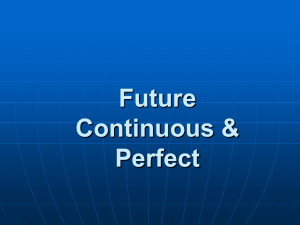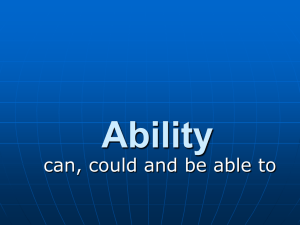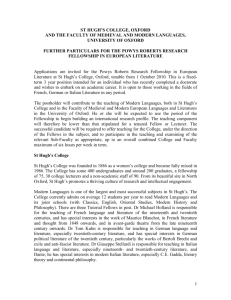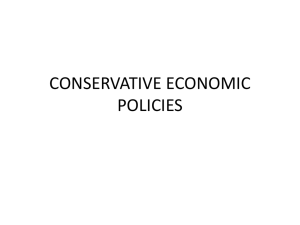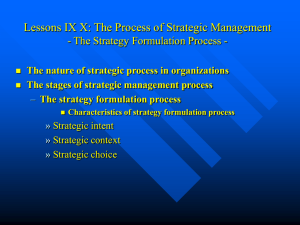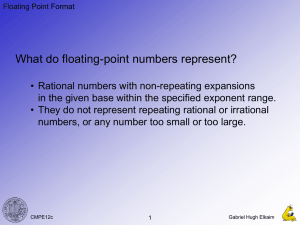Strategy and Leadership
advertisement
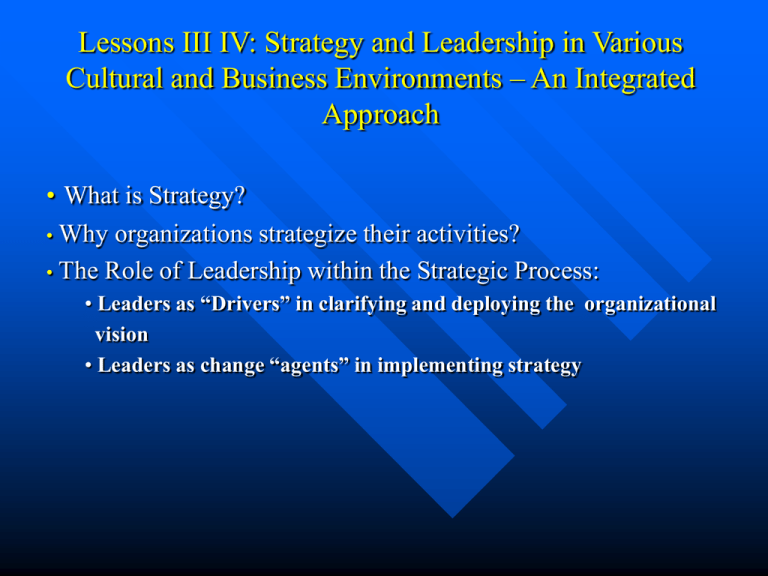
Lessons III IV: Strategy and Leadership in Various Cultural and Business Environments – An Integrated Approach • What is Strategy? Why organizations strategize their activities? • The Role of Leadership within the Strategic Process: • • Leaders as “Drivers” in clarifying and deploying the organizational vision • Leaders as change “agents” in implementing strategy What is Strategy? - potential risks, managing change Managing a business requires a well-defined long term plan of actions. Decision makers within organizations should manage strategically based on a certain action plan. The reason is that the activity of managers is characterized by variety and discontinuity. Managing successfully a business requires dealing with sudden and even unprecedented changes regarded as potential risks threatening organizational activity in the future. Potential risks are related to external (business environment) and internal (organizational environment) factors. – Give some examples of potential risks that might significantly influence a business. “Strategy is knowing the business you propose to carry out.” (Xenophon apud Cummings, in Hugh Macmillan, Mahen Tampoe, Strategic Management, Oxford University Press, p. 13) Dealing with unprecedented risks = Managing change Strategy is a process of managing change. What is Strategy? - winning strategies and leadership Strategy is not about deciding a course of action in a onehour senior executive meeting. Winning strategies requires leadership capabilities for deploying resources toward an established goal. Winning strategy is a process of mobilizing all those unique organizational capabilities for reaching the desired goals. The main reason for adopting a certain strategic plan is to achieve sustainable competitive advantage by “employing” unique organizational capabilities. – Unique capabilities = competences that can be hardly transferred to and replicated by competitors. Leadership is an example of unique capability. – Headhunting = a way of unique capability’s re-allocation between competitors. One organization’s ability to sell its merchandise at lower prices than its competitors might be a unique capability as long as the business proved to be more successful than its competition. Some unique capabilities can be replicated or transferred, in time, to the competition. A leader should take appropriate action in order to make those unique capabilities harder to replicate or transfer to the competition. – Give some examples of actions taken to make unique capabilities harder to replicate or transfer to the competition. A true leader has the ability to preserve those unique capabilities for securing the success of the business. Why organizations strategize their activities? The organizational strategy is a way of taking action on long term for minimizing potential risks and achieving sustainable competitive advantages. Leaders should mobilize organizational resources and unique capabilities by taking action based on the agreed strategic plan. Leaders should have the capability “to foresee the future, to understand the significance of changes, to conceive strategies, and to implement strategies successfully.” (Hugh Macmillan, Mahen Tampoe, Strategic Management, Oxford University Press, p. 13) Leaders are the “changing agent” within the strategic process. Leaders and followers experience responses to competitive situations through an agreed strategic plan. There is always a link between leadership and strategic process. Managers as leaders have a direct responsibility for accomplishing the strategic goals established within the strategic plan. “The strategy must address the fundamental nature of the business in the future. This suggests that strategy will be sensitive to values and culture as well as to business opportunity.” (Hugh Macmillan, Mahen Tampoe, op. cit., p. 13) Igor Ansoff: “Strategy is a rule for making decisions.” True leaders pave the way towards achieving sustainable competitive advantage within an agreed strategic process. A successful strategy is based on two inter-linked factors: – Reaching the desired strategic goals, – Having the above-mentioned factor accomplished based on effective and efficient leadership. The organizational leaders “should create the unique and valuable market position”. (http://www.nwlink.com/~donclark/leader/strategy.html) The Role of Leadership within the Strategic Process Leaders as “Drivers” in clarifying and deploying the organizational vision Leadership has a critical role in forming and implementing the strategy. The strategy may reflect “the views of a single inspirational leader.” (Hugh Macmillan, Mahen Tampoe, Strategic Management, Oxford University Press, p. 13) Clarifying the vision of organization is a first step within the strategic process. The leaders have the vision of the business future. “Such leaders tend to be highly visible and to surround themselves with people who agree with their vision of the future.” (Hugh Macmillan, Mahen Tampoe, op. cit., p. 13) Leader's personal objectives should be connected to organization’s required objectives. “Unfortunately, strong leaders sometimes fail to recognize that their personal objectives may not be of value when the organization has reached a watershed in its development.” (Hugh Macmillan, Mahen Tampoe, Strategic Management, Oxford University Press, p. 13) Leadership “may be a force for weakness as well as for strength” within the strategic process. Leaders as Change “Agents” in Implementing Strategy Implementing an agreed strategic plan involves: – “Large number of people changing the roles they play”, – Changing cultures and structures within the organization. Strong leadership is a prerequisite for implementing strategy. Strong leadership is required at all organizational levels. Both leaders and its followers, individuals and groups should “maintain the collective motivation and drive of all those involved in the changes.” (Hugh Macmillan, Mahen Tampoe, op. cit., p. 197) Leadership has two main facets: – “Charismatic leadership which is mainly concerned with carrying the hearts and minds of the people involved in the change.” – “Transactional leadership which is more task orientated…” (Hugh Macmillan, Mahen Tampoe, op. cit., p. 13) Winning strategies are based on the optimum combination between the two facets of the leadership in the organizational context. Successful organizations have managed to form leadership group with inter-linked roles based on the two main leadership facets.


